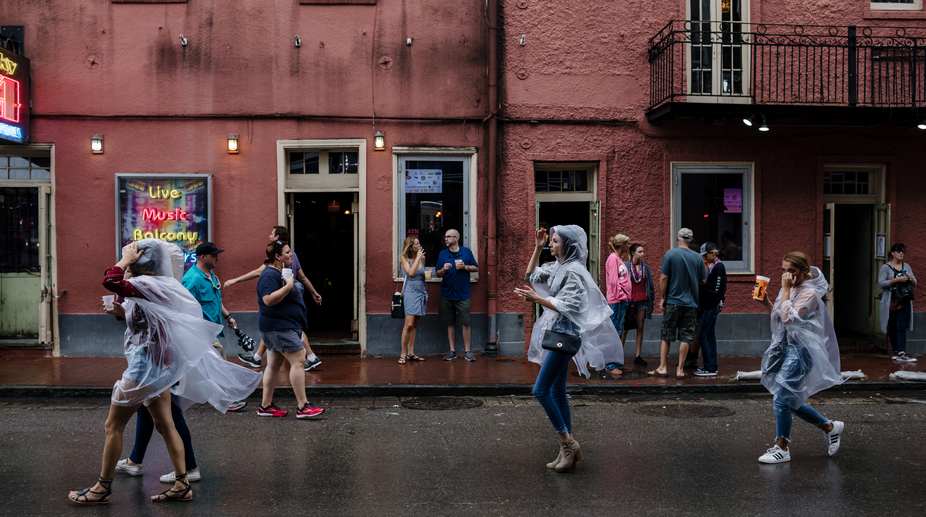Hurricane Nate has brought strong winds, torrential rain and a threat of storm surges to the US Gulf Coast.
The storm, with maximum sustained winds of 137 kmph, made landfall near the mouth of the Mississippi river in Louisiana, late on Saturday, BBC reported on Sunday. Moving north, it made a second landfall at Biloxi, Mississippi.
Advertisement
Louisiana, Mississippi, Alabama and parts of Florida earlier issued warnings and evacuation orders amid fears of rapidly rising sea waters.
Nate killed 13 people in Nicaragua, eight in Costa Rica, three in Honduras and one in El Salvador.
The tropical storm then strengthened to a Category One hurricane on the Saffir-Simpson scale as it headed towards the US.
Although not as strong as last month’s Maria and Irma, officials had warned Nate was a fast-moving storm that could bring flooding to low-lying areas.
US President Donald Trump on Saturday issued an emergency declaration for Louisiana, allowing the state to seek federal help with preparation and possible relief efforts.
Five ports along the Gulf Coast were closed to shipping as a precaution. Evacuation orders were put in place for some low-lying areas.
A tropical storm warning is currently in effect for New Orleans.
Nate caused heavy rains, landslides and floods which blocked roads, destroyed bridges and damaged houses as it tore through central America.
The tail of the storm is still causing problems in the region, where thousands have been forced to sleep in shelters and some 400,000 people in Costa Rica were reported to be without running water.
UN Secretary General Antonio Guterres, visiting Antigua and Barbuda which were badly damaged by Hurricane Irma in September, said the international community needed to do more to help Caribbean countries hit by a series of powerful hurricanes.
“There is an increasing intensity of hurricanes, an increasing frequency, and increasing devastation,” he told the BBC. “The origin is clear – we are facing the consequences of climate change.”









